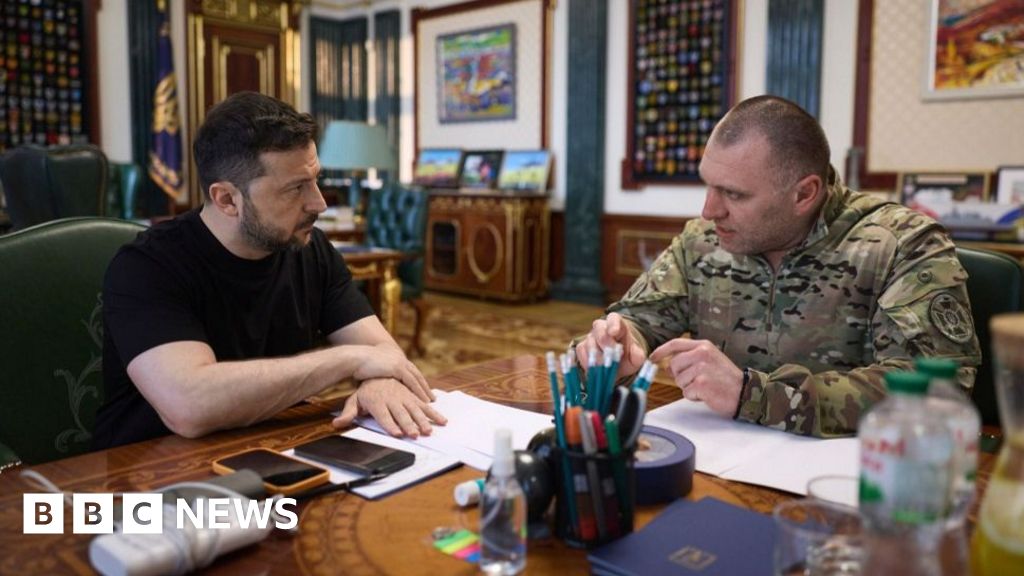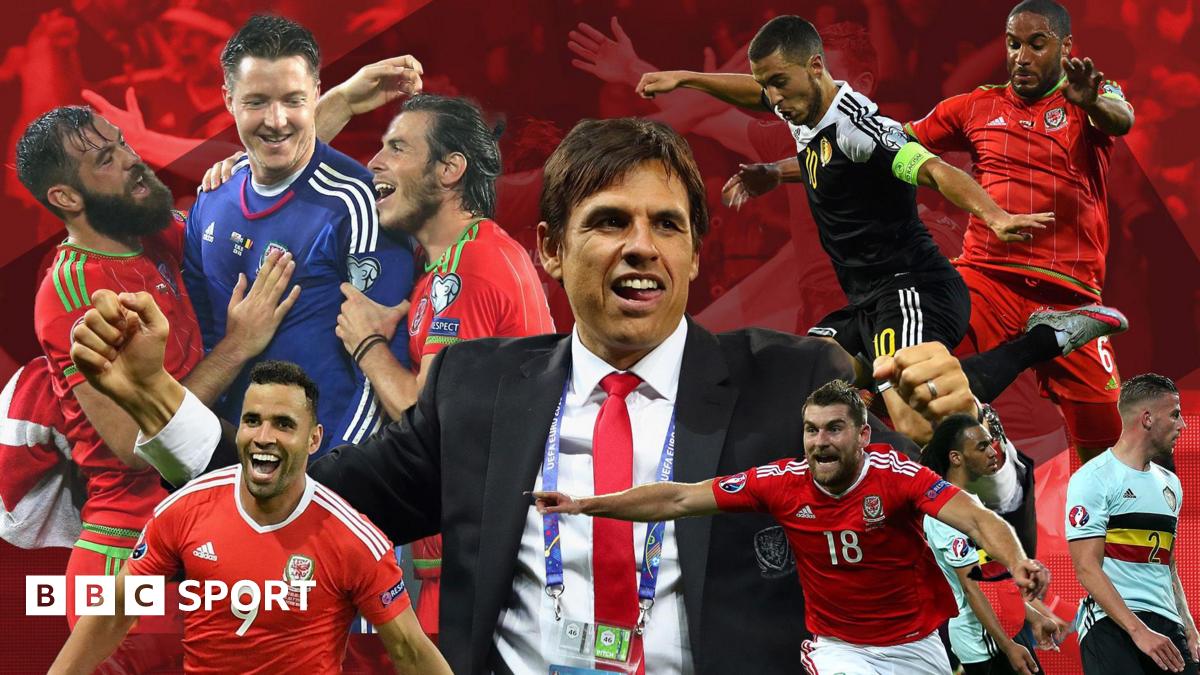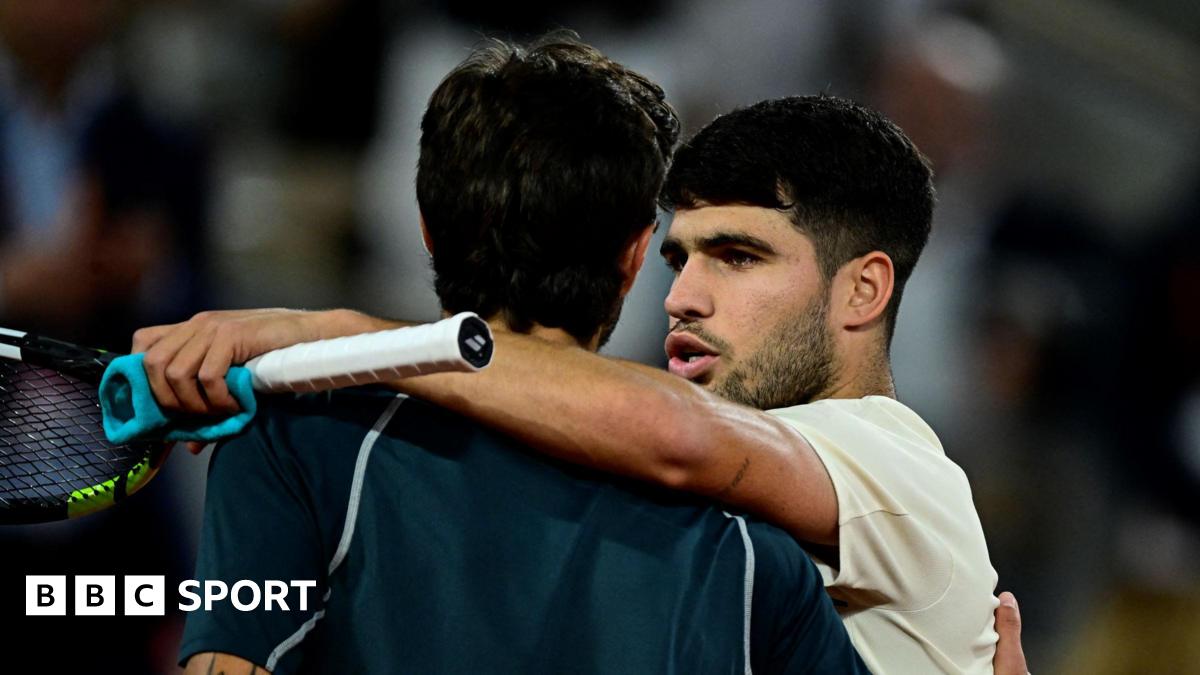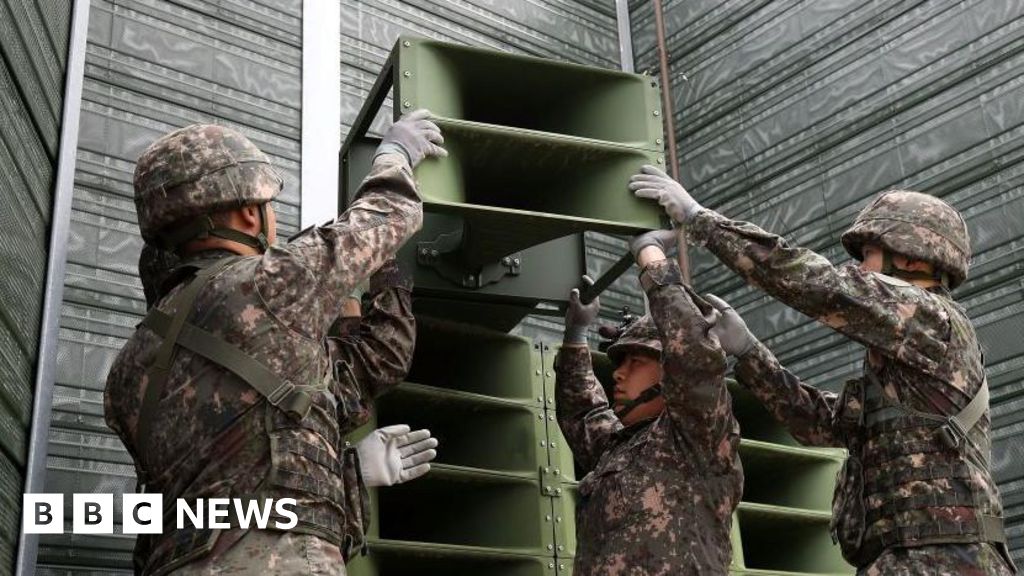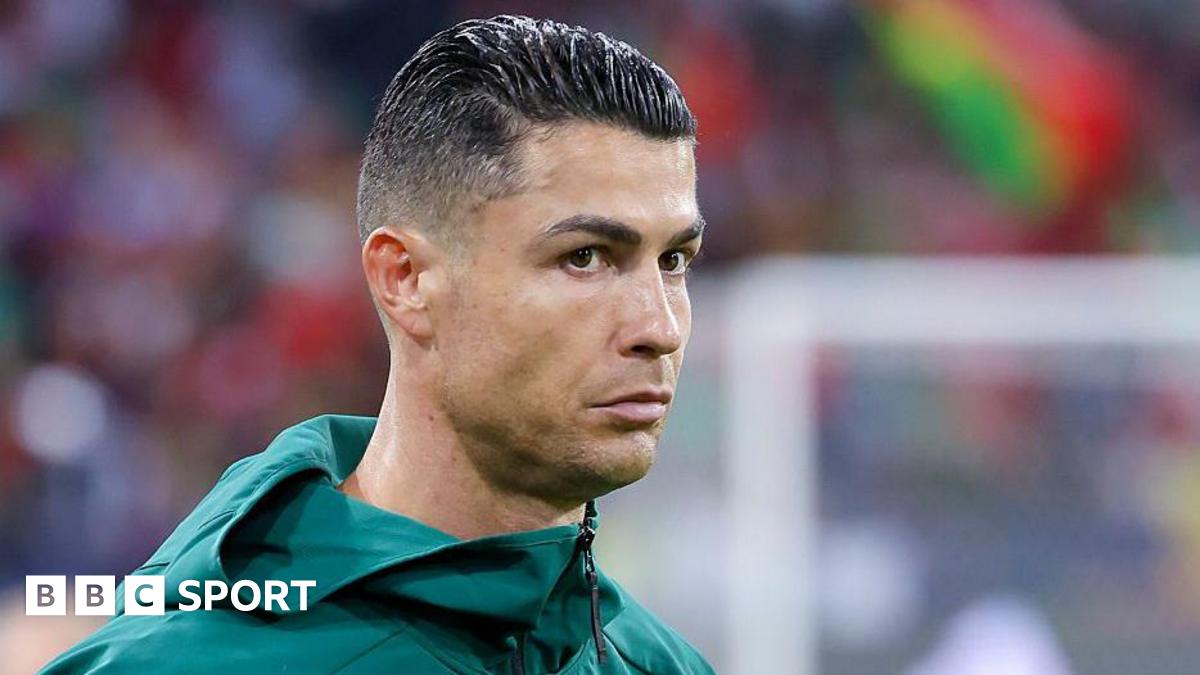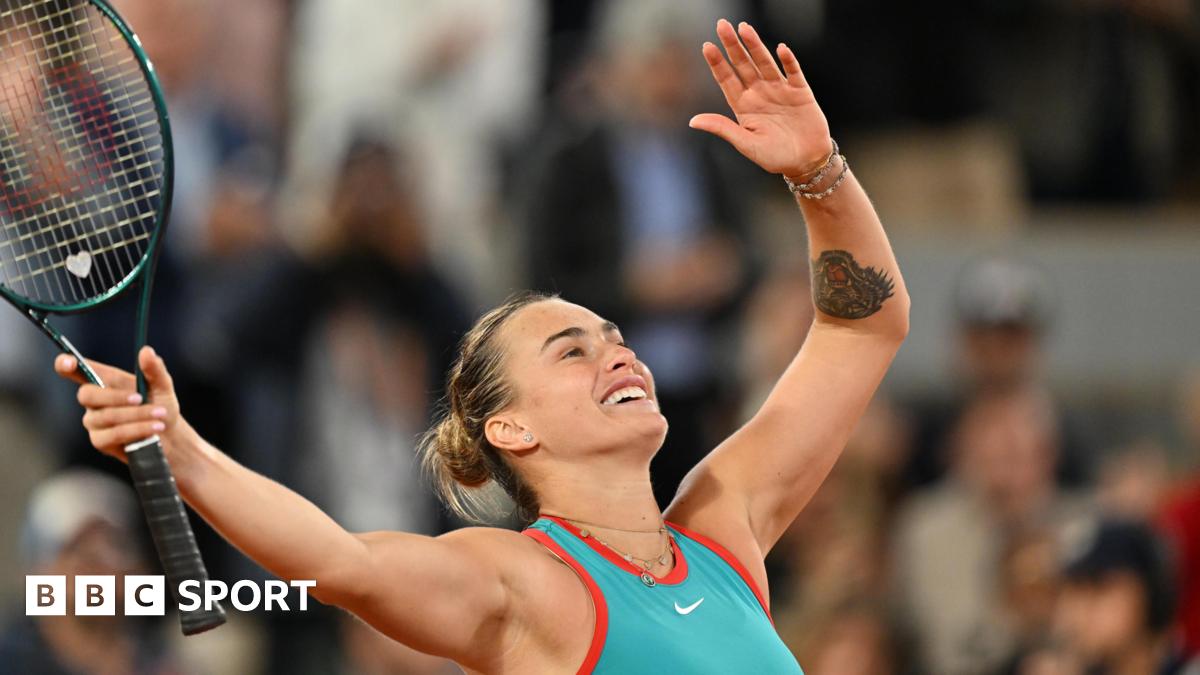
Nate SaundersMay 24, 2025, 09:25 AM ET
MONACO -- Emerging at speed from Monte Carlo's famous tunnel is like waking up mid-dream.
Your eyes reel from the sudden burst of sunlight -- a flash-bang of Riviera brilliance. Ahead is the glittering harbor, superyachts stacked like spectators and the opulent geometry of Monte Carlo rising beyond. To the left, the Prince's Palace crowns the Rock of Monaco; to the right, La Turbie perches on the mountaintop overlooking the Principality. The car surges toward the light, every sense under siege. For a moment, you lose yourself. The view feels unreal -- plucked from a race broadcast or a postcard.
Then, just as your eyes begin to adjust, a violent jolt. Brakes slam. The car is hurled left, then right, over the curbs of the iconic Nouvelle Chicane. If it is your first time experiencing Monaco in this way, your brain takes a moment to adjust to the reality that you are hurtling through one of the most iconic parts of any race track in the world.
Famously, three-time world champion Nelson Piquet once likened driving here to "riding a bicycle around your living room." We didn't have a bicycle, but we had the passenger seat of a McLaren 720S, as Formula 1, for the first time, offered media and VIPs hot laps in supercars around the most iconic race venue.
A lap around Monaco is claustrophobic -- thrillingly, relentlessly so. Gray walls hug the car on both sides, a brutal reminder that there's no margin for error. Nowhere to hide. Push too hard, too timidly, or show up with anything less than world-class talent, and the circuit will chew you up. Fortunately, driver Andre D'Cruz, a McLaren prototype test driver, had the talent.
By the time you reach the Nouvelle Chicane, you've already been strapped into a roller coaster that roars through motorsport's most storied real estate: up the hill at Massenet, the flourish of Casino Square, the Grand Hotel Hairpin -- the slowest corner in Formula 1 -- then downhill to Portier, where Ayrton Senna threw away a near-certain win in 1988 because he knew only one way to race: flat out. From there, it's full throttle into the tunnel: a right-hand kink into darkness, where the light vanishes, and every sound but the engine's roar disappears with it.
Monaco is perhaps the most absurd place F1 still races, even more so than its glitzy new rival on the Las Vegas Strip -- a neon-drenched tribute act with space for overtaking and actual racing, staged in the heart of Sin City. Monaco's layout has remained largely unchanged since 1929, 21 years before the first official world championship race. In the decades since, Formula 1 has evolved: the cars have grown longer, wider, heavier and more technologically advanced than anything imagined back then. But Monaco has stayed the same. There's no room to expand, no space to modernize. It is a circuit frozen in time -- sacred and stubborn.
As a result, the race has become about precision through confinement: a place where today's machines, caged in narrow streets, must dance a tightrope between aggression and delicacy. That has created the sport's greatest paradox: the most thrilling qualifying session of the season, followed by what is often its most frustrating -- or most boring -- race.
ESPN's lap in the 720S gave a small -- and, you might argue, slightly contrived -- relatability to both aspects of Monaco. It tapped into a nagging sense of limitation, which drivers have increasingly admitted to feeling around these streets.
Despite D'Cruz's supreme control behind the wheel, one thought echoed throughout the lap: This car can go so much faster. But D'Cruz, a veteran of thousands of laps at circuits around the world, had a clear instruction from Formula 1 to stay off the curbs. And because the dozen supercars set aside for hot laps were stopping and swapping passengers around the tight confines of Rascasse, he also eased off dramatically through the blast between the Swimming Pool chicanes -- normally one of the lap's most electric sequences.
It should have felt disappointing. A half lap. A tease. Instead, a different feeling crept in, and it was oddly fitting. This wasn't a diluted experience. It was, in many ways, the perfectly accurate one: a modern Monaco lap, driven within the limits of car and context, coaxing the machinery home.
It's the reality of today's Monaco Grand Prix. For all the beauty of the backdrop and the race's legendary history, the event has become a parade of oversized machines navigating a track too tight for modern ambitions. Overtaking has always been scarce, but now it's nearly impossible. The cars can't even run side-by-side through the slow hairpin. It's not just hard to pass here, it's hard to imagine how it ever worked.
One media colleague arguably got the most authentic Monaco experience. His lap began just as a Ford Mustang -- another hot lap car -- pulled out ahead. Despite the McLaren's obvious superiority in speed and grip, our colleague spent the lap bottled up behind it, with the driver clearly uncertain when or where overtaking was allowed. He completed his one and only lap of Monaco's streets stuck behind another car, frustrated, but in awe of the scenery he just passed through.
What could be more Monaco than that?
The timing of our shared experience felt especially apt. Ahead of this year's race, pressure to spice up the Monaco spectacle has reached a new peak, and Formula 1 has finally blinked. For the first time, the series has introduced a mandatory two-stop strategy, a rule designed to inject some chaos into Sunday's often-processional race. Ordinarily, F1 regulations require each driver to use at least two of the three Pirelli tire compounds during a race, effectively mandating a minimum of one pit stop. In Monaco, that hasn't been enough to shake up the order, so this year, it's two stops -- no exceptions.
The tweak has already scrambled minds in the paddock. Championship leader Oscar Piastri said during Thursday's news conference that his head was "still kind of untwisting itself" after the briefing about the new format and the unpredictable permutations it could create.
It won't magically make the cars narrower or overtaking easier, but it does something F1 hasn't managed here in years: It gives the drivers a reason to push. With fresher tires and fewer incentives to coast, there's finally some reward for taking risks -- and maybe, just maybe, something to shake Monaco loose from its usual script.



































